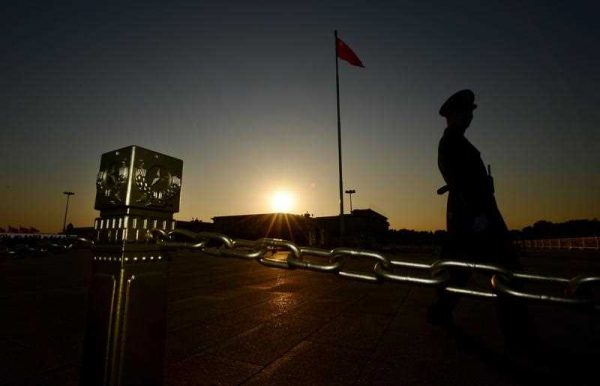Some argue that in all the economies of Asia that have enjoyed or are now prosecuting successful industrialisation — Japan, South Korea, Taiwan, Singapore, Indonesia, India and China, for example — the state has played a central role through active participation in economic enterprise. To others this is a controversial conclusion and they posit an alternative view, that successful Asian industrialisation is a story of removing the shackles of the state from economic enterprise.
State-backed or state-owned enterprises have been a prominent feature of Asian economies at some stage in their development and there is elevated interest in the role that state-owned enterprises play in the Chinese economy today with the surge in their investment abroad following China’s ‘going out’ strategy over the past decade.
The reform of state-owned enterprises (SOEs) in China has been a gradual process which included some major steps in the process of reform that changed fundamentally the relationship between the state and economic enterprise.
After China adopted a planned economy in the 1950s — and private enterprises disappeared — SOEs played the dominant role in China’s economy. In the early 1980s China launched market-oriented reforms. A new type of enterprise, Town and Villages Enterprises (TVEs), emerged. These were like private enterprises but they operated under the name of collective ownership to provide political protection. SOEs started to operate in the market under the profit retention system.
In the 1990s, there was a radical reform of the state sector under premier Zhu Rongji. ‘Embracing the large, releasing the small’ was a strategy that saw tens of thousands of weak SOEs privatised or liquidated, millions of workers laid off, and the stronger SOEs restructured and in many cases listed on the stock market.
Private enterprises in China flourished and foreign investment was welcomed. The SOE share of national output declined dramatically. As He Fan points out in the latest issue of East Asia Forum Quarterly, ‘although this reform seemed risky, the government had made shrewd calculations. Compared with “shock therapy” in the Soviet Union, China took a gradual approach exercising patience and caution’.
SOEs in China today are very different from those in the 1990s. There are fewer in number but they are much larger in size, especially those controlled by the central government. Big SOEs are clustered in sectors of ‘strategic importance’, such as mining, energy, transportation, telecommunications, banking, and public utilities. There are also many SOEs controlled by local governments. They outnumber, but are dwarfed by, their central counterparts. Those local SOEs are still involved in almost every industry — including information technology, machinery, automobiles, hotels, and hospitality — and their performance varies much more widely.
Almost 25 years after SOE reforms began, as He Fan points out, the Chinese government is now confronted with a new set of problems: breaking down special interests, distancing the state from the daily operation of enterprises — and associated issues of corruption — and improving the overall efficiency of the economy.
The first step in understanding Chinese state-owned enterprises is the distinction that we need to make between the giant, central SOEs dominating strategic industries from Beijing and the tens of thousands of provincially and locally owned SOEs. Market competition and the corporatisation and privatisation of many loss-making SOEs in the 1990s have seen the environment in which they operate change dramatically. That seems the way of the future.
In this week’s lead, also from the East Asia Forum Quarterly Nicholas Lardy identifies some big misconceptions about the state in economic enterprise in China. Among them is that China’s economy is dominated by state firms. ‘The reality is very different. State firms now account for only one-fifth of manufacturing output, compared to four-fifths when reform began. They account for only one-tenth of investment in manufacturing. State firms in all sectors account for only one-tenth of urban employment and only one-tenth of China’s exports’. Another is that China has one of the world’s most powerful bureaucracies in terms of employment. Those in France or the United States are bigger, relatively speaking. And another is that while state-owned enterprises are fewer in number these firms are more powerful than ever. Yet large SOEs actually underperform.
Lardy’s argument has very positive implications for China’s growth over the medium term. In his conception state firms don’t dominate China’s economy, but rather represent a substantial drag on its growth. Implementation of the Third Plenum reforms that remove the shackles of the state in privileged sectors will create enormous new opportunities for private business, reduce waste of capital and lift medium term productivity and growth.
Peter Drysdale is Editor of the East Asia Forum.

